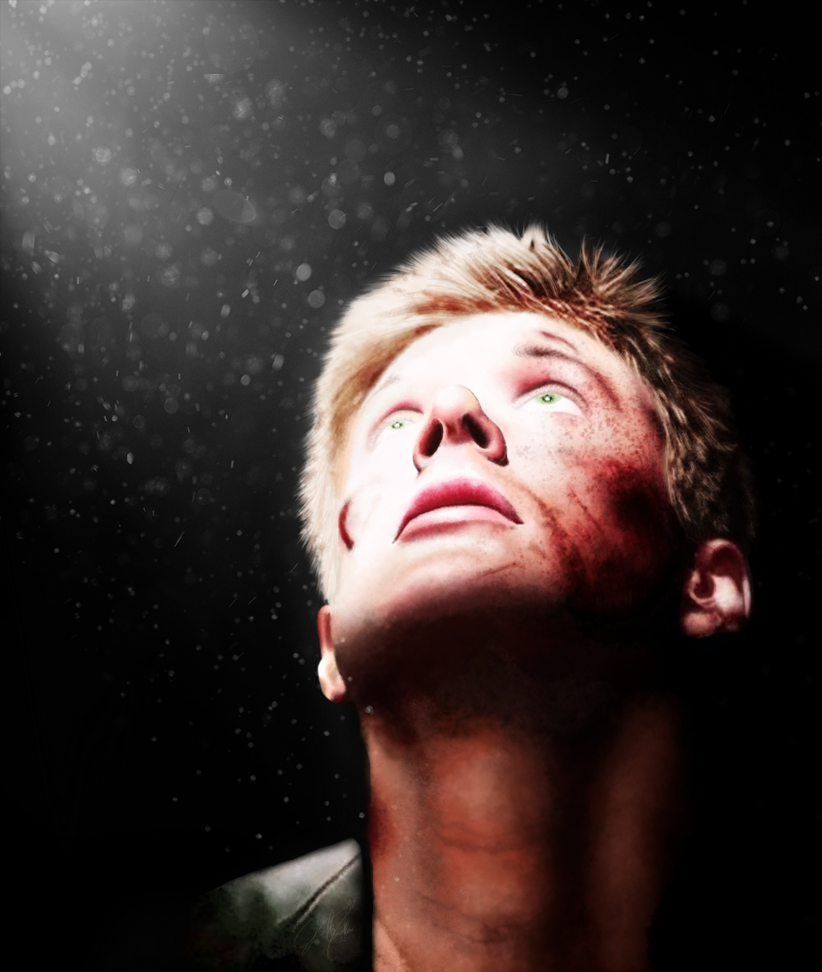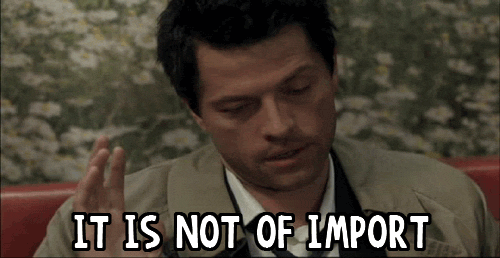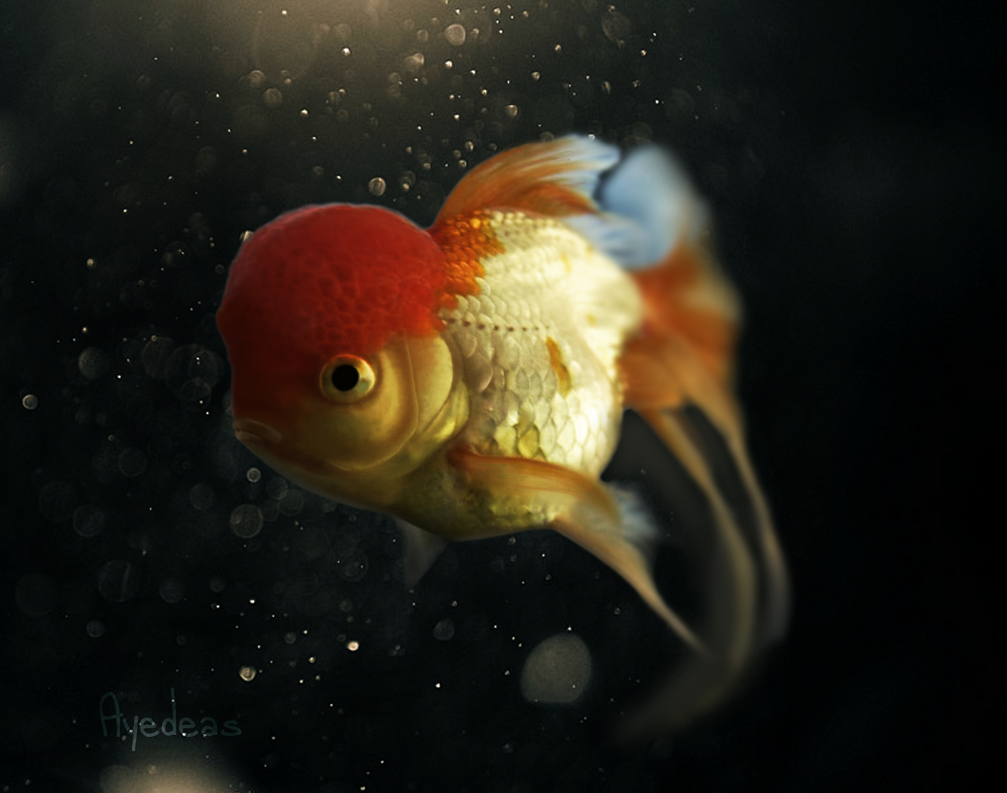Facing your demons can be intimidating. Unless, of course, your demon is Dean Winchester. In which case it would still be intimidating, but also sexy so there's that.
Luckily, you won't need to get the salt and holy water out for this! (unless you for some reason snack on those - in which case, be my guest!)
As I mentioned yesterday in
The Better to Hear You With, today we'll be tackling the challenge and basics of sculpting the face of horses!
To start, we should understand a little bit about the anatomy of the horse. I can already hear your groans - you thought you were past Biology class, but yet here you are. Relax! You won't need to know the name of every fiber of each face muscle. Heck, you won't even need to know the name of one face muscle! All we're taking a look at today, is how the muscles lay under the skin. By understanding the visual anatomy, we'll learn how to replicate this through sculpture.
We'll start off at the core - the skeleton. Horses, no matter the breed, have bony faces. You can see the underlying skull just by looking at a horse's face. Of course, I didn't realize that's what certain things were until I acquired my own horse skull. I learned the structure of that thing inside and out, because I was the one that cleaned it. You on't have to get a real skull - or even a replica - to do great sculptwork, but I learn how to sculpt by feeling the real thing, which is why I was pleased when my aunt told me of a horse skeleton she found. By having the real thing right here, I can run my fingers along the ridges and feel the divots and know how to translate that to sculpture. I'm sort of like those machines that have a stylus running over the original sculpt and it carves a replica into a piece of wood in that sense.
The skull below is not mine, but just as well!
You can almost see the horse already, can't you? You can see the cheekbone, how and why the muzzle is the way it is, the location of the horse's eye in relation to its cheekbone.You can see the temporal bone that sits right in front of the ears, and the horse's poll in which the headstall sits behind. You can see the shape of the jaw, and if you have the eye, the muscles start filling in themselves!
Okay, so maybe you can't see that. And that's okay! I've been studying horse anatomy for the past nine years at least, so my brain has been trained to recognize bone structure and fill in the gaps accordingly. (This has translated over to other animals, as well - including humans)
Because of this, I adapt quickly. Like I said, though, not everyone does or can see these things, so let me help you to understand!
Here's a tastefully drawn image of a horse's musculature, done by my friend,
Jenny:
If you take a look at the horse's face muscles, though, you can see just how everything lays, and why it looks the way it does. Just imagine a layer of skin over it and there you basically have it!
Now, let's compare this drawing to a real horse. Since I'm turning this model into an Arabian-type horse, I'll pull up the reference I used to sculpt it:
At first glance, you'll see no resemblance. Correct? Try putting these images side-by-side. Start with the muzzle, since that's where most of the concentration is. See how the muscles overlay, and where they divot and raise, and look at that on the Arabian. After a while, you'll start seeing just how it looks. Remember, though, that horses also have a layer of fat, so the muscle definition is significantly less. For this reason, what should be crisp edges, are actually squishy blobs. These squishy blobs, though, are the bane of many sculptors' existences.
You can read all day about musculature, but you won't fully understand it until you try to replicate it. So, let's start sculpting!
To start, I'll show the tools I use.
From left to right:
Circular carving tool
Needle
3/0 paintbrush (I use both ends)
6 Paintbrush (I use both ends)
I occasionally will use a 'knife' tool I made from sanding a popsicle stick into a knife shape. There was one in the kit the needle and carving tool came from, but God knows where that went. Still, these are my main tools, and here's why:
The circular carving tool allows me to make depressions and divots while removing bulk that would otherwise be pushed around.
The needle allows me to detail manes, tails, eyes, and other fine lines, as well as reaching into the tight creases that my fingers alone can't reach.
The 3/0 paintbrush allows me to smooth fine details in manes, tails, eyes, and other fine areas without losing the definition, while the end allows me to add fine detailing without carving into it.
The 6 paintbrush basically serves the same purpose, but is usually used to smooth large detailing, such as the initial deep crevasses in the manes, or some rough spots caused by the carving tool after my thumb has smoothed most of it.
I'll use the opposite ends of all tools, depending on the size of depression I need, or the level of crease.
Of course, I also use my fingers, and most of the time saliva. I clean my brushes by sticking them in my mouth and scrubbing them with my tongue, but I also use water if I need more smoothing. (I can't tell you how many times my Coca-cola didn't taste like coke because of this, and God forbid I toss tools altogether and just straight-up lick the model!)
Next, we'll need our model! Here I have the morgan with face carved and ready for new definition! To deface the horse, I use a dremel with a sanding tool. I'll do a tutorial on this later on. You don't have to deface a horse to add more definition. A few older Breyers don't have much face definition in themselves, so all you'd have to do is add it. And here's how!
We'll want to start off by mixing a very small amount of clay. It's better to have too little, than too much. I've wasted so much epoxy from mixing too much at a time and having it cure while I was working. mix about two pea-sizes together (a pea each) and use this to begin with.
I forgot to get images of the clay itself, so bear with me.
Then, you'll want to take half of it and cover the horse's carved face. You don't need a whole lot - no more than a couple millimeters thick. You can add more later.
I started the basic shaping, using the end of a paintbrush and starting at the bottom. This is the part of the horse where you can feel the jaw, so it's going to be bonier, and the muscle will build up above it. I also started a little bit of definition at the top, using the round tool and smoothing it with my finger.
Working from the bottom up, I start adding in the muscle divots with the round tool. The handle was facing up, so I could get a crisp edge while I carved. Then, I held it at an angle and started rounding it. I forgot to take a picture of this, but it's a 45 degree angle laterally.
I continue following my reference until it looks similar. I'll use the same repetitive methods - carve, shape, smooth, define, repeat - until I get the basic shapes in, like so:
Once the shapes are in, I start carving around the mouth, to get that nice zig-zag type of look we see in real horses:
I use the carving tool to remove the extra shape, and smooth it with the wet 6 paintbrush. Now, I start shaping the muzzle. I'll take various worms nd eggs of clay, placing them where my reference tells me to, and then using the carving tool, I blend them roughly into the existing clay or plastic, before refining with my paintbrush. I'll put a worm along where the lips are and blend it in, before using my needle, getting it wet and drawing in the mouth, making sure the corner is raised. I'll take the 3/0 and get it wet, before smoothing the edges of the mouth. I also re-defined the cheekbone, since I accidentally sanded it off.

You can also see that I put some detail into the chin and added the upper lip's blobs.
After this, all that's left to do is add the veins and whisker bumps and wrinkles, and there you have it! Now you can let this cure, or you can get started on the other side! I didn't put my fingers anywhere near the face (other than when sculpting,) so I decided to do the other side while I was at it, as well as add the ears and forelocks.
I also re-defined the wrinkles in the eyelids since I sanded those off, too.
I hope this helps someone, despite it's vague details. Next time, I'll try to get more pictures!
Tomorrow, I'll show you how to paint a fleabitten grey!

















































